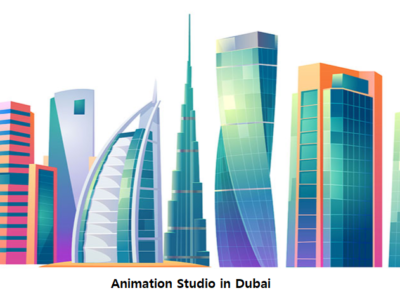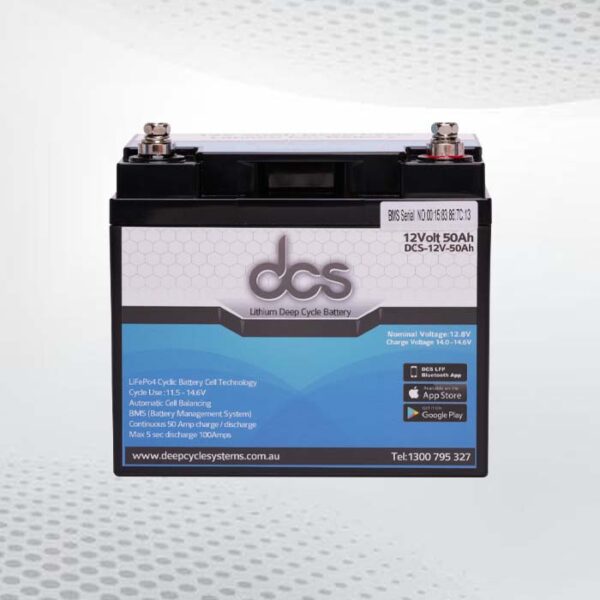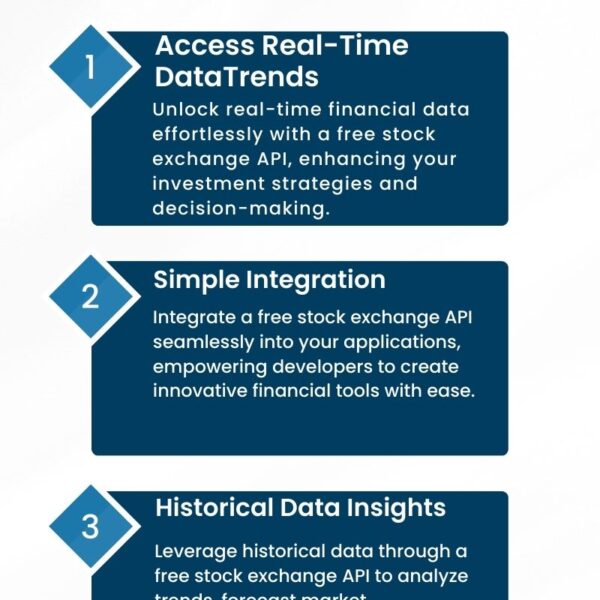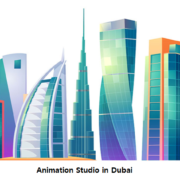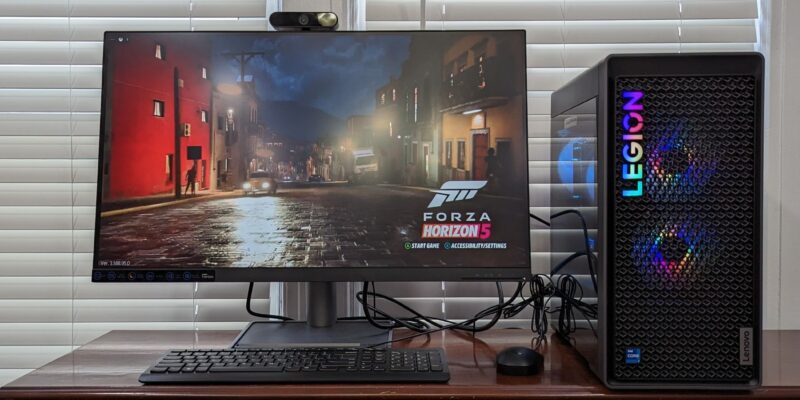
The gaming and professional worlds have faced a significant shift in monitor technology. Among these, the 144 Hz monitors are a true game changer. They are favorites among gamers, designers, and other creative professionals.
A 27-inch 144 Hz monitor offers a level of responsiveness and smoothness that is superior to standard 60 Hz screens because of its extraordinarily high refresh rate. However, why are these monitors so well-liked, and how can they improve your computing experience?
Let’s look at how these monitors change the game and whether it’s the right choice for you.
What is the Refresh Rate?
Essentially, the refresh rate is the rate at which a monitor’s display is changed once every second. Higher refresh rates are perfect for fast-paced tasks like gaming and video editing since they result in smoother motion and less input lag.
Higher speeds make things seem more immediate and seamless. Playing games on a 144Hz screen is much smoother than on a 60Hz screen. There can be a limit because studies show that not many individuals notice a refresh rate increase from 144 Hz to 240 Hz.
Does 144 Hz Make a Difference?
Keep reading to learn the benefits of a 144 Hz monitor in comparison to a 60 Hz monitor that makes a difference.
1. Smoother fluid motion and gameplay
One of the most obvious benefits of a 144Hz monitor for gamers is the more fluid movements. Reduced motion blur is a benefit of higher refresh rates, especially for
- Fast-paced games like first-person shooters (FPS)
- Racing games and
- Action titles.
The difference is noticeable if you have ever played a game on a 60Hz panel and then moved to a 144Hz monitor. Everything seems more responsive, fluid, and seamless.
Reaction times are critical in competitive gaming, so players with higher refresh rates have a distinct advantage. The smoother motion facilitates tracking of moving objects, accurate aim, and faster reaction times.
Many gamers claim that upgrading to a 144Hz display significantly improves gameplay, particularly in esports titles like Counter-Strike: Global Offensive, Valorant, and Fortnite.
2. Less screen tearing
Screen tearing is a common issue that can occur when your graphics card is not generating the same frame rate as your monitor. A fragmented image appears on the screen as a result of portions of two or more frames being displayed at once. It can be very annoying when playing games or watching fast-paced videos.
A 144Hz display produces noticeably less screen tearing. The possibility of the monitor and graphics card becoming out of sync is reduced because it refreshes more frequently than a 60Hz display.
Furthermore, many 144Hz panels come with adaptive sync technologies like AMD FreeSync or NVIDIA G-Sync. It further lessens screen tearing by bringing the refresh rate of the monitor in line with the frame rate of your GPU.
3. Boosts visual comfort and reduces eye strain
Although gamers may be 144Hz displays’ primary target market, anyone who spends a lot of time in front of a screen can benefit from their improved visual comfort.
Higher refresh rates enable smoother motion and transitions and lessen flickering. It is often observed in monitors with lower refresh rates. Especially with extended use, this results in less eye strain.
At the end of the day, you should probably notice that your eyes feel less tired if you use a 144Hz monitor.
Reading and navigating become much easier on the eyes with smoother scrolling and transitions, even when working on large documents or multitasking across multiple applications.
4. Increased productivity and multitasking of your work
Increased refresh rates are beneficial for more than just gamers. A 144Hz display can increase productivity for professionals like video editors, programmers, and financial analysts who work with numerous windows and apps at once.
It is simpler to quickly switch between apps and tasks when there are less lag and smoother transitions.
Watching real-time updates (such as stock prices or live video) and switching between different windows is made effortless by the 144Hz refresh rate. This is especially beneficial for those who work in creative industries where precision and fluidity are crucial.
5. Better compatibility with your hardware
Your monitors should be able to keep up with the rest of your hardware and services. As technology develops, video games run at ever higher framerates.
Thus, a 144Hz monitor lets your current gaming hardware work as designed while offering a high level of future-proofing.
A 60Hz display could be a bottleneck if you invested in a powerful PC with a strong graphics card. Why stick with 60Hz when your PC can easily run a game at 120Hz? The performance of gear that you have previously paid for is merely being wasted.
If your monitor can handle 144Hz or higher, you will not have to worry about performance limitations.
6. Best for creative work and video editing
A 144Hz monitor can also be useful for graphic designers and video editors. Professionals working with video footage or high-resolution photos can find that a higher refresh rate helps with smoothness and responsiveness, even though it may seem more suited for gaming.
This translates to smoother playback while screening high-frame-rate content for video editors. This display enhances the entire experience for designers working with 3D models or animations by providing more precise movement and control while dealing with their projects.
7. Very responsive and seamless, for everyday users
One of the most overlooked benefits of a 144Hz display is the overall increase in clarity it provides, even for standard work.
Everything feels more responsive and seamless, whether you’re browsing the web, reading articles, watching tutorial videos, or participating in Zoom meetings. It is impossible to understand the improvement in fluidity unless one experiences it directly.
Even though fundamental productivity tasks do not require 144Hz, once you’ve felt the difference, it’s difficult to return to a 60Hz display.
Your daily interactions with technology become more immersive, responsive, and aesthetically pleasing when you use the 144Hz monitor.
Key Takeaway
If you want the greatest possible visual experience, investing in a 144Hz monitor is highly recommended. This kind of display can improve your computer experience, whether you’re an avid gamer, a content developer, or just someone who enjoys beautiful images.
You can locate the ideal 144Hz monitor to meet your demands if you carefully analyze your needs and budget.
